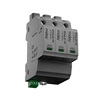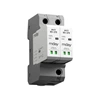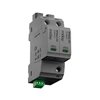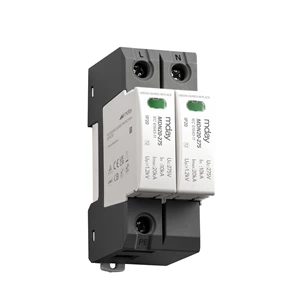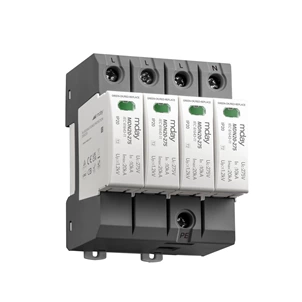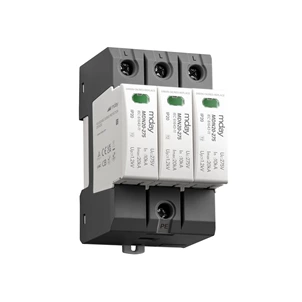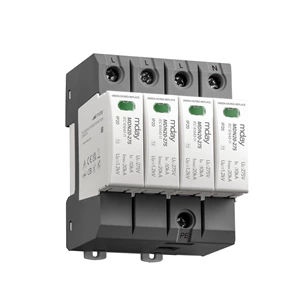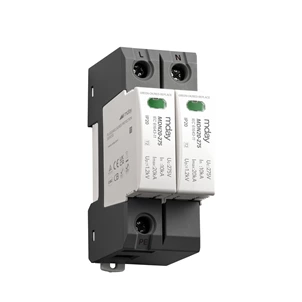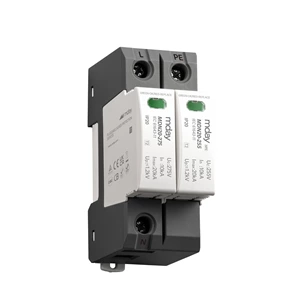Basic Circuit And Graded Protection Of Surge Protector
Basic Circuit
Basic Circuit
The surge protective device circuit can take different forms depending on the needs. Its basic components are the ones described above. A skilled lightning protection product researcher can design a wide variety of circuits, much like building blocks with different structures. Depending on the circuit system, the main surge protector circuits are single-phase, TN-C, and TN-S.
Graded Protection
Graded Protection Standards
The first-level surge protection device circuit can dissipate direct lightning current or the significant energy transmitted when a power transmission line is struck by direct lightning. For areas prone to direct lightning strikes, Class I lightning protection is required. The second-level arrester protects against residual voltage from the preceding arrester and inductive lightning strikes within the area. Even when the preceding arrester absorbs significant lightning energy, some energy, which is significant to the equipment or the third-level arrester, may still be transmitted, requiring further absorption by the second-level arrester. At the same time, the transmission line passing through the first-level arrester will also be induced by the lightning electromagnetic pulse radiation LEMP. When the line is long enough, the energy of the induced lightning becomes large enough, and the second-level arrester is needed to further discharge the lightning energy. The third-level arrester protects against the LEMP and the residual lightning energy that passes through the second-level arrester.


